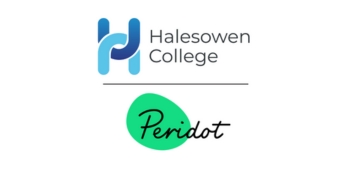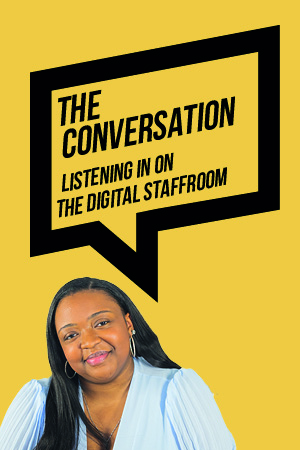Publisher
The Science Museum
Published
20 Aug 2023
Why review a science fiction exhibition in an educational publication? Come to that, why even have such an exhibition in the first place? Perhaps we can venture the beginnings of an answer by noting that science fiction is more than Star Wars or Daleks, enjoyable though these are. An alternative term for ‘science fiction’ is ‘speculative fiction’, and this extended exercise in ‘what if?’ is both a fantastic stimulus for thought and expression and a seminal literary genre with a catalogue stretching over centuries.
It is perhaps a trite observation, but all our achievements were born in someone’s imagination. Indeed, science fiction author, Arthur C. Clarke once suggested that “Any sufficiently advanced technology is indistinguishable from magic.” The internet, the metaverse, robots, prosthetics and even medical apps all found their first iterations in science fiction.
Accordingly, the Science Museum’s Voyage to the edge of imagination exhibition (running now and until May the fourth) presents the visitor with an astonishing number of artefacts – from the world’s first pacemaker to Darth Vader’s helmet – and plenty of questions too among exhibits that range from innocently pleasurable to devilishly challenging. For instance, one invites you to try to guess the number of alien societies that might be detectable by humans. Another looks at the obstacles presented by interstellar travel and ways to overcome them, from wormholes to suspended animation.
Your guide throughout is ALANN – Algorithmic Artificial Neural Network. She appears on numerous telescreens throughout, giving explanations and instructions, and (spoiler alert!) it is more than a little disconcerting when it all goes pear-shaped towards the end.
But that is one of the strengths of the exhibition: it forces you to consider some deep questions. Not just ones like climate change, but also about the dangers of our increasing reliance on technology. As a result, it would be possible for teachers to use the experience in the context of science, literature, biology, art, history and PSHE.
You will be left with more questions than answers – but that’s the point
The exhibition is perhaps most relevant to key stage 5 students reading speculative fiction as part of their English qualifications, but as noted above there are myriad ways the curriculum from year 4 upwards could be enriched by it. Having said that, it’s accessible, but younger pupils will of course need more guidance. The Science Museum website hosts a page to support teachers to prepare for their visit, which would be helpful with that, and teachers can even request a planning visit once they have booked their group to visit the exhibition.
Other than ALANN, the exhibition is self-led for all except special educational sessions. However, I did find volunteers around the exhibition space who were passionate about science and science fiction and were happy to answer my (and schools groups’) questions. As you would expect, the Science Museum staff were kind and helpful in my research for this review, and the facilities are of course suitable for all school groups.
Some students will love the experience, which creates the impression that one is going on an interstellar journey. It’s very clever, and very exciting. The accompanying book is excellent too, featuring interviews with experts and wide-ranging coverage of what is a vast topic. The editor is Dr Glyn Morgan, the curator of the exhibition, and it is definitely one for the school library regardless of any visit.
However, there are downsides to consider. First, it is extremely noisy. Some students will find this unbearable, so it’s advisable to make the trip voluntary or ensure sensitive pupils have ear defenders. Second, there’s a lot of it, perhaps even too much. I would suggest limiting the focus of your visit to just two or three ‘big questions’.
Taking those two points together, supervision will require the eyes of a hawk, strong vocal chords and careful planning. With all three, you and your students will be left with more questions than answers at the end – but that’s precisely the point!













Your thoughts